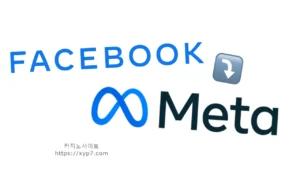Social media has become an integral part of the modern workplace, impacting how businesses operate, communicate, and engage with employees and customers.
While social media offers various benefits, it also presents challenges that employers must navigate to maintain a productive and positive work environment. Here are some key aspects of social media in the workplace:
Internal Communication: Social media platforms, such as Slack and Microsoft Teams, have transformed internal communication within organizations.
These tools facilitate instant messaging, file sharing, also collaboration, fostering greater efficiency and teamwork among employees.

Employee Engagement: Social media can be leveraged to improve employee engagement.
Companies use platforms like Yammer and Workplace by Facebook to create internal communities, share company updates, recognize employee achievements, also encourage a sense of belonging.
Employer Branding: Social media offers an avenue for companies to showcase their culture, values, also job opportunities. Through LinkedIn, Instagram, also Twitter, employers can attract top talent and build a positive employer brand.
Customer Service: Social media has become a significant channel for customer service.
Companies respond to customer inquiries on platforms like Twitter and Facebook, offering real-time support and also showing a commitment to customer satisfaction.
Training and Development: Social media can support employee training and development initiatives. Companies use platforms like LinkedIn Learning and YouTube to offer video tutorials, webinars, also learning resources to enhance employee skills.
Risks and Challenges: Social media in the workplace also comes with risks. Employee’s social media use during work hours can decrease productivity and inappropriate online behavior can damage the company’s reputation.
Data Security: Companies must be vigilant about data security when using social media. Employees sharing sensitive information or falling victim to phishing scams can threaten the organization’s cybersecurity.
Policy and Governance: To manage social media effectively, companies implement clear social media policies and guidelines. These policies outline appropriate use, privacy measures, and consequences for violating company standards.
Work-Life Balance: Social media’s constant accessibility can blur the line between work and personal life. Employers must promote a healthy work-life balance to prevent employee burnout and ensure productivity.
Conclusion
Social media has reshaped workplace communication, employee engagement, and customer interactions. When harnessed appropriately, social media enhances productivity, fosters collaboration, and strengthens relationships within and outside the organization.
Organizations should consider potential challenges and implement policies for a positive and secure social media presence at work. 바카라사이트

